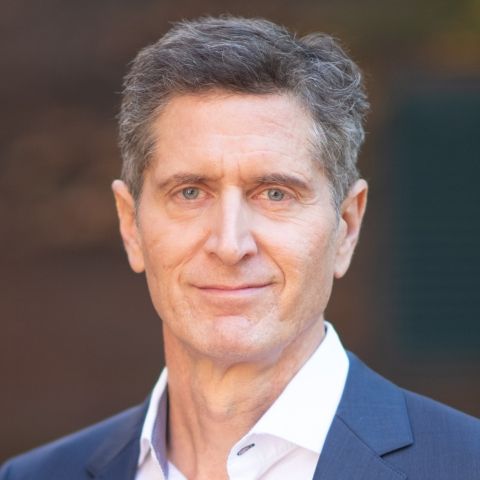
History’s Challenge to Criminal Law Theory
After briefly sketching an historical account of criminal law that emphasizes its longstanding reach into social, commercial and personal life outside the core areas of criminal offenses, this paper explores why criminal law theory has never succeeded in limiting the content of criminal codes to offenses that fit the criteria of dominant theories, particularly versions of the harm principle. Early American writers on criminal law endorsed no such limiting principles to criminal law, and early American criminal law consequently was substantively broad. But even with the rise of theories in the mid-nineteenth century that sought to limit criminal law's reach, codified offenses continued to widely and deeply regulate social life and exceed the limits of those normative arguments. This essay suggests that this practical failure of criminal law theory occurred because it was never adopted by an institutional actor that could limit offense definitions in accord with normative commitments. Legislatures are institutionally unsuited to having their policy actions limited by principled arguments, and courts passed on the opportunity to incorporate a limiting principle for criminal law once they began, in the Lochner era, actively regulating legislative decisions through Constitutional law. The one avenue through which criminal law theory has had some success in affecting criminal codes is through the influence of specialized bodies that influence legislation, especially the American Law Institute advocacy of the Model Penal Code. But the institutional structure of American criminal law policymaking permits an unusually small role for such specialized bodies, and without such an institutional mechanism, criminal law theory is likely to continue to have little effect on actual criminal codes.